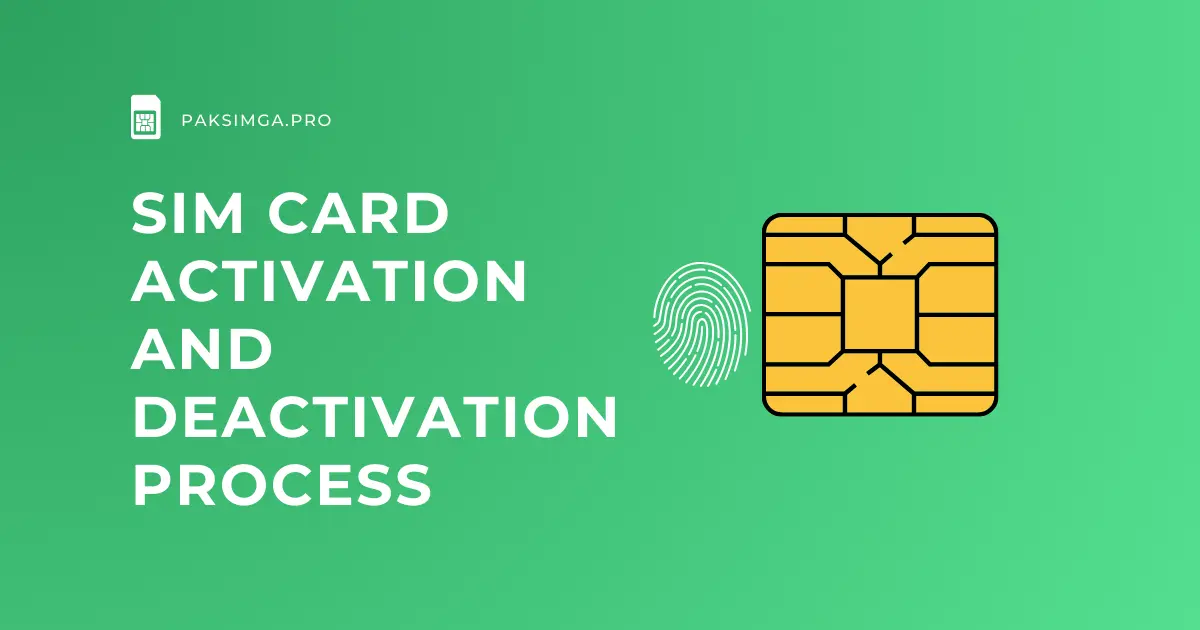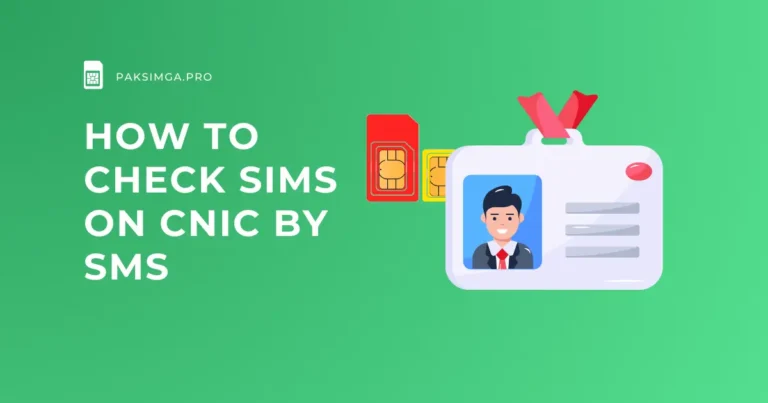SIM Card Activation and Deactivation Process
SIM cards are an essential component of mobile devices, as they enable users to connect to a cellular network and access various services. However, before a SIM card can be used, it needs to be activated. The activation process is typically straightforward, but it may vary depending on the carrier and the type of SIM card.
To activate a SIM card, users typically need to insert it into their phone and turn it on. Then, they may need to enter an activation key or code, which is usually included in the SIM card package. Additionally, users may need to provide some personal information, such as their name, address, and identification number. Once the activation process is complete, users should be able to make calls, send texts, and access the internet using their mobile device.
On the other hand, there may be instances when users need to deactivate their SIM card, such as when they lose their phone or switch to a new carrier. Deactivating a SIM card is also a straightforward process, but it may require users to follow specific instructions provided by their carrier. Typically, users can deactivate their SIM card by accessing their account portal or contacting customer support. Once the deactivation process is complete, users should no longer be able to use their SIM card to connect to a cellular network.
Understanding SIM Card Activation
When obtaining a new mobile device or switching to a different carrier, one of the crucial steps is activating a SIM card. This process is essential for enabling your device to connect to the cellular network and access voice, text, and data services.
Activation Prerequisites
Before activating a SIM card, there are a few prerequisites that need to be met. These include having a compatible device, a working SIM card, and a valid account with the carrier. It is important to note that the activation process may vary depending on the carrier and the type of SIM card being used.
Activation Process Overview
The activation process involves configuring the SIM card with specific network settings, such as the carrier’s access point name (APN), and integrating it into the carrier’s systems. During the activation process, the carrier assigns a unique identification to the SIM card, linking it to the user’s account and authorizing access to voice, text, and data services.
To activate a SIM card, the user typically needs to input a unique code or serial number, often referred to as the ICCID (Integrated Circuit Card Identifier), into the mobile network’s system. This code serves as the SIM card’s distinct identifier, allowing the network to recognize and authenticate it.
Common Activation Issues
There are some common issues that users may encounter during the SIM card activation process. These include incorrect or invalid SIM card information, incompatible devices, and network connectivity issues. It is important to ensure that all prerequisites are met and that the proper steps are followed to avoid any activation issues.
In summary, understanding the SIM card activation process is essential for enabling your device to connect to the cellular network and access voice, text, and data services. By following the proper steps and ensuring that all prerequisites are met, users can activate their SIM card with ease.
Managing SIM Card Deactivation
Deactivation Triggers
There are several reasons why one may need to deactivate their SIM card. Some of the most common reasons include switching to a new service provider, losing or damaging the device, or simply no longer needing the SIM card. In some cases, a SIM card may also be deactivated due to inactivity or non-payment.
Deactivation Procedure
The process of deactivating a SIM card can vary depending on the service provider. In general, however, the deactivation process typically involves contacting the service provider through a designated channel, such as an account portal or customer support. Some service providers may also provide specific instructions on how to deactivate a SIM card.
It is important to follow the deactivation procedure carefully to ensure that the SIM card is deactivated properly. Failure to do so may result in continued charges or unauthorized use of the SIM card.
Post-Deactivation Considerations
Once the SIM card has been successfully deactivated, the user should take appropriate measures to ensure that any personal information stored on the SIM card is secure. One option is to destroy the SIM card to prevent any potential data breaches. Alternatively, the SIM card can be recycled in an environmentally conscious manner.
It is also important to note that deactivating a SIM card does not necessarily cancel the associated service plan. Users should confirm with their service provider that the service plan has been canceled to avoid continued charges.
Overall, managing SIM card deactivation is a straightforward process that can be accomplished through the designated channels provided by the service provider. By following the deactivation procedure carefully and taking appropriate post-deactivation considerations, users can ensure that their personal information is secure and that they are not charged for unused services.







